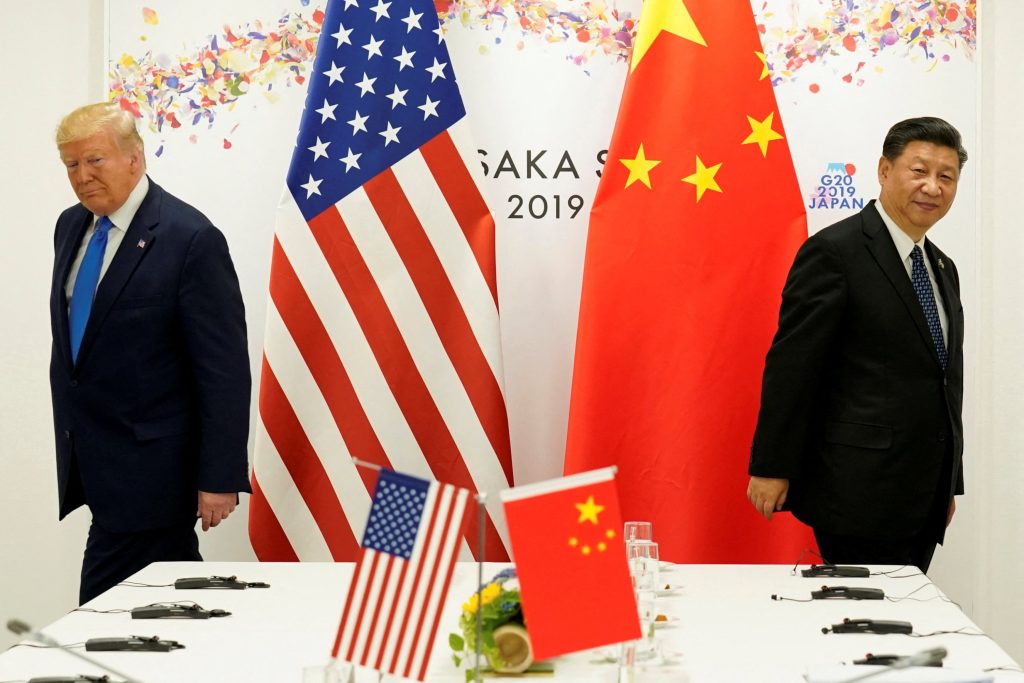China’s counter-import taxes on some United States goods will be going into force on Monday as the trade war between the world’s two biggest economies unveils.
Beijing announced the plan on 4 February, minutes after new US levies of 10% on all Chinese products came into effect.
On Friday, Trump said he was planning “reciprocal tariffs” on other nations in the coming days as he aims to reshape the US’ global trade relationships.
The president did not say which countries could be targeted but suggested it would a broad effort that may also help solve US budget problems.
From Monday, 10th February, China will enforce a 15% import tax on US coal and liquefied natural gas products. Additionally to be imposed is a 10% tax on US crude oil, agricultural machinery and large-engine cars.
Last week, Chinese authorities launched an anti-monopoly probe into technology giant Google, while PVH, the US owner of designer brands Calvin Klein and Tommy Hilfiger, was added to Beijing’s so-called “unreliable entity” list.
China has also imposed export controls on 25 rare metals, some of which are key components for many electrical products and military equipment.
Speaking on Friday during a meeting at the White House with Japanese Prime Minister Shigeru Ishiba, Trump threatened to impose new tariffs on imports from more trading partners.
“I’ll be announcing that, next week, reciprocal trade, so that we’re treated evenly with other countries,” Trump said.
The move would fulfil an election campaign pledge to levy tariffs at the same rates that are imposed on US goods.
He also said import taxes for vehicles remained on the table after reports that he was considering exemptions to universal tariffs.
Trump has repeatedly complained that European Union (EU) tariffs on imports of American cars are much higher that US levies.

